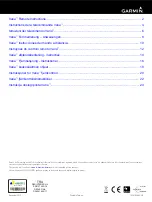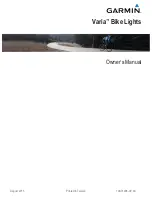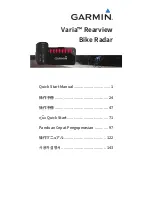
Rheonics | Switzerland | U.S.A.
SRV, SRD, SRV-FPC, SRD-FPC Installation and Intrinsic Safety Manual
P. 27
Version 2.0, Updated: October 29, 2020
Rheonics GmbH, Klosterstrasse 19, 8406 Winterthur, Switzerland
©Rheonics. Rheonics confidential and proprietary information.
length of heat-shrink tubing. The free end of the shield is then crimped into a ferrule, which can
then be clamped under the appropriate ground terminal of the Zener diode barrier.
Even if a cable is used whose shield cross sectional area is less than the specified minimum,
proper connection of the shield is essential to ensure proper functioning of the sensor. The
shield must be connected both to the shell of the connector, as well as to the Zener diode
barrier(s), although in that case, the function of preserving intrinsic safety will be performed by
one of the following bonding configurations.
5.4.3.
Bonding configurations
In the event that a cable with sufficient shield cross sectional area is used, then no additional
configuration of the equipotential bonding must be performed.
If the shield cross sectional area is insufficient, or cannot be verified, then one of the following
methods may be selected.
Three different scenarios are possible, each of which ensures adequate electrical bonding. The
particular scheme that is used depends on the overall sensor setup as well as the preference of
the installer.
5.4.3.1.
Star topology
This is particularly useful where several sensors are installed in one area, and must be connected
to their associated Zener diode barriers in an electrical cabinet somewhat remote from the
installed sensors. In that case, all the sensors in a given area may be tied to a local grounding
point, each with a wire of at least 4mm
2
cross section (ca. 11AWG), and that local grounding
point connected to a second grounding point in the remote electrical cabinet by a wire of at
least 6mm
2
cross section. Each Zener diode barrier in the electrical cabinet is then connected to
the common grounding point by means of a wire of at least 4mm
2
cross section. This is shown
schematically in the following figure:






































